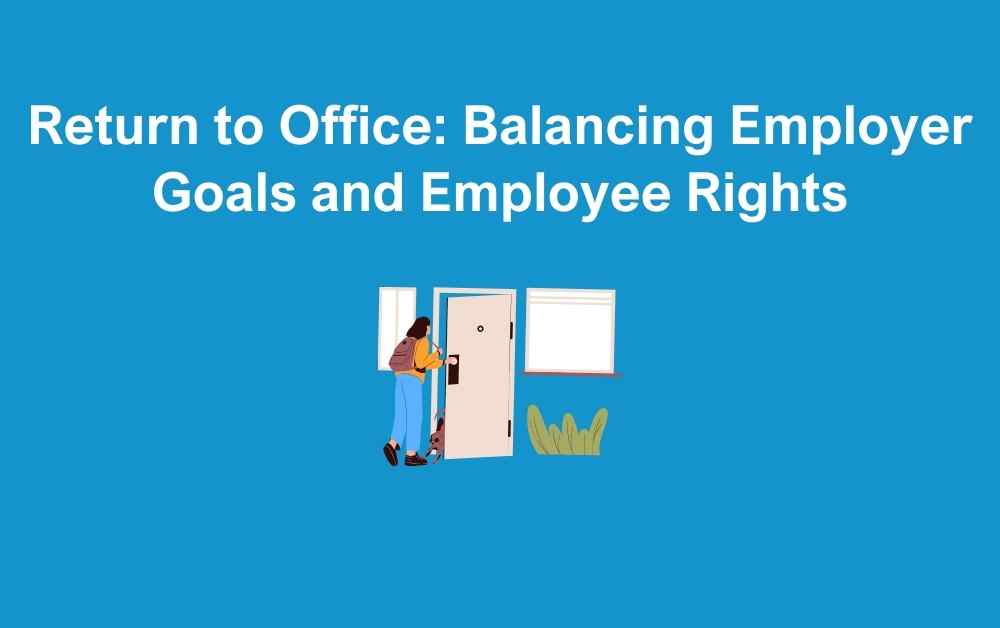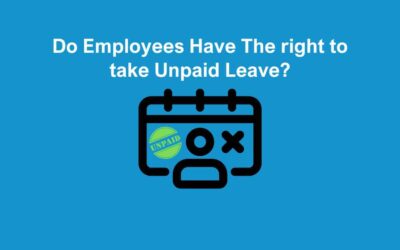The topic of “return to office” has been a highly debated one as businesses adjust their workforce strategies. While remote working was a necessity during the pandemic, employers are now encouraging employees to return to the workplace, citing reasons from improved collaboration to cultural alignment. However, this shift has raised questions about employee rights, flexibility, and how these changes align with current employment laws.
Companies Requesting a Return to Office
Several high-profile UK-based companies have made headlines by urging employees to return to the office. Their rationale is often grounded in fostering team collaboration and cohesion, which they argue is better achieved in a shared physical environment. PwC UK recently updated their hybrid working policy, putting greater focus on in-person work. In addition, employees and partners are now required to work at least three days or 60% of their time in the office or with clients.
Asda has also made headlines recently. They plan to cut 475 head office roles and requiring staff to return to the workplace as part of its business restructuring.
Other firms, like Google and Apple, have also advocated for increased in-office time, suggesting that certain aspects of creativity, problem-solving, and spontaneous idea-sharing can be lost in fully remote settings.
However, not every company is following the same script. While some, particularly in the finance, legal, and consulting sectors, have pushed for a “return to office” model, others in the tech and creative industries remain more flexible, recognising the productivity gains and employee satisfaction that remote work can offer. This division has created a patchwork of policies and approaches, as companies weigh productivity with their employee’s expectations for flexibility.
Return to Office Mandates and the Employment Rights Bill
The push for a “return to office” approach from some employers raises questions about employee rights, especially in light of recent legislative updates. From 6th April 2024, every employee has the right to request flexible working from day one. This allows employees to make a request as soon as they begin a job, seeking adjustments such as changes to working hours, work location, or arrangements like job sharing or compressed hours.
The Employment Rights Bill was recently published and seeks to expand employees’ rights to flexible working. The Government’s initiative to make “flexible working the default where practical” represents a major change in employment rights. This approach would make flexible working the standard rather than the exception. This places the responsibility on employers to explain why it would not suit their specific business needs.
Employers who are mandating a strict return to office policy may find themselves at odds with the recent legislative changes. It also contradicts plans set out in the Employment Rights Bill. It remains to be seen how strictly organisations will need to justify their decisions on returning to the workplace. However, there is no doubt that the bill is a step forward for employee rights in the UK, potentially challenging some employers to revisit their policies.
Developing an Effective Return to Office Strategy
If considering a return to office, it is crucial to implement a well-thought-out strategy. This should balance business objectives with employee needs and the evolving employment landscape. An effective return to office strategy not only aligns with organisational goals but also promotes employee engagement, well-being, and productivity. Below are key elements to consider when developing a return to office plan:
1. Assessing Business and Employee Needs
Before mandating a return to office, companies should evaluate both business requirements and employee preferences. Understanding which roles benefit most from in-person interaction versus remote work helps to create a balanced approach. Conducting surveys, focus groups, or one-on-one discussions with employees can provide insights into how they feel about in-office work and what would make a return appealing.
2. Defining Clear Guidelines and Expectations
A successful strategy requires clear communication around office attendance expectations. Employers should outline how many days employees are expected to work on-site. You should specify core in-office days if applicable, and communicate the reasoning behind these requirements. Having a transparent framework builds trust and sets employees up for a smoother transition back to the workplace.
3. Prioritising Flexibility and Hybrid Options
Hybrid models, where employees work both from the office and remotely, are increasingly popular and can provide a middle ground. Incorporating flexibility into the return to office strategy acknowledges employees’ desires for work-life balance while still encouraging regular in-person collaboration. This approach can help companies retain talent by offering more autonomy over work arrangements.
4. Investing in Office Space Optimisation
If employees are to return to the office, the workspace should support productivity and comfort. Many businesses are redesigning their offices to include more collaborative spaces, quiet zones, and amenities that enhance the in-person work experience. Creating a welcoming and functional environment can motivate employees to embrace office days more positively.
5. Addressing Commuting Concerns and Costs
For many, the commute is a significant factor when it comes to returning to the office. Organisations can consider supporting employees by offering flexible start times, subsidies for public transport, or discounts on parking. Addressing these practical concerns helps ease the transition and demonstrates empathy for employees’ needs.
6. Ensuring Health and Well-being Measures
Maintaining a safe and healthy workplace is essential for a successful return to office. This includes providing adequate ventilation, maintaining cleanliness, and possibly offering mental health resources to support employees as they readjust to in-office work. A focus on health and well-being can make employees feel more comfortable about returning to a shared space.
7. Monitoring and Adapting the Strategy
An effective return to office strategy is dynamic and responsive. Regularly reviewing feedback, monitoring productivity, and remaining open to adjustments can help refine the approach over time. By staying flexible and responsive to both employee feedback and business needs, organisations can ensure their strategy remains relevant and effective.
The Current Hybrid Working Landscape in the UK
While the trend for exclusive remote work has decreased since the peak of the pandemic, hybrid working has gained substantial traction. According to the Office for National Statistics (ONS), over a quarter of workers in the UK were working in a hybrid model this autumn. This demonstrates that while there is a demand for in-office collaboration, employees and employers are finding middle ground through hybrid arrangements.
The ONS data underscores a critical trend: workers value flexibility and often seek a blend of office-based and remote work. This hybrid model has been shown to offer the best of both worlds, allowing teams to gather in person for essential collaborative activities while also providing workers with the benefits of remote work, such as reduced commuting time and better work-life balance.
Balancing Flexibility with Organisational Goals
For organisations, the key challenge is to balance the push to “return to office” with the evolving expectations of their workforce. Forcing a full return to the workplace can risk employee dissatisfaction, turnover, and even legal challenges if flexible working requests are not adequately addressed. The hybrid model, therefore, appears to be a viable compromise, allowing employers to achieve organisational goals while respecting the desire for flexibility.
Looking Forward: The Future of Work in the UK
The future of work in the UK is likely to be a blend of policies that reflect the unique needs of individual businesses and sectors. While some employers may continue to call for a return to office, many will need to evaluate whether this approach aligns with the latest employment laws and, importantly, with the expectations of the modern workforce.
Companies that embrace hybrid working as a sustainable model may find it easier to attract and retain top talent, especially as flexibility becomes a standard expectation in job offers. The “return to office” debate is ongoing, and with the hybrid working trend continuing to shape the future, it is clear that flexibility will remain a cornerstone of UK employment practices.







